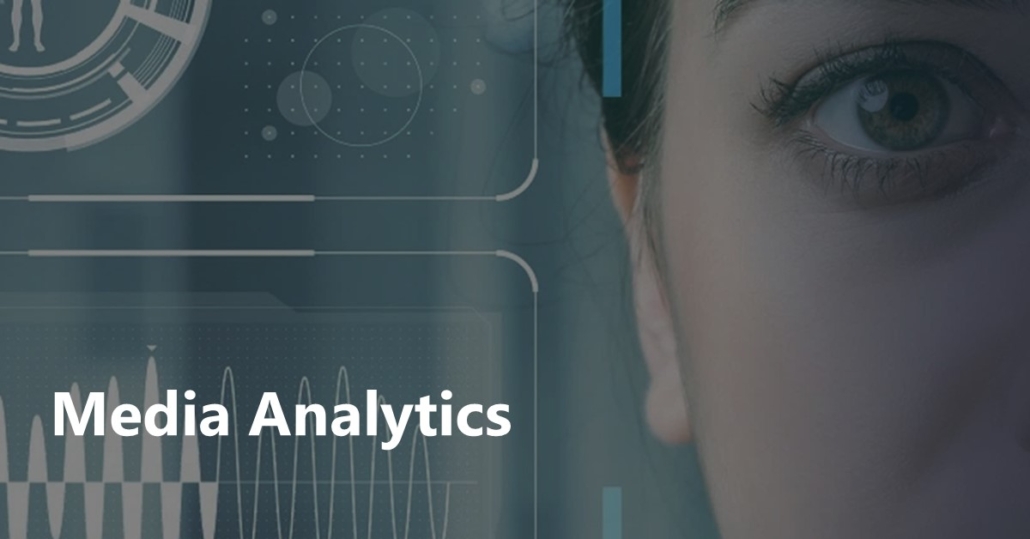Improving Face Recognition by Clustering Unlabeled Faces in the Wild (arXiv)
Read Improving Face Recognition by Clustering Unlabeled Faces in the Wild (arXiv). While deep face recognition has benefited significantly from large scale labeled data, current research is focused on leveraging unlabeled data to further boost performance, reducing the cost of human annotation. Prior work has mostly been in controlled settings, where the labeled and unlabeled data sets have no overlapping identities by construction. This is not realistic in large scale face recognition, where one must contend with such overlaps, the frequency of which increases with the volume of data. Ignoring identity overlap leads to significant labeling noise, as data from the same identity is split into multiple clusters. To address this, we propose a novel identity separation method based on extreme value theory. It is formulated as an out of distribution detection algorithm, and greatly reduces the problems caused by overlapping identity label noise. Considering cluster assignments as pseudo labels, we must also overcome the labeling noise from clustering errors. We propose a modulation of the cosine loss, where the modulation weights correspond to an estimate of clustering uncertainty. Extensive experiments on both controlled and real settings demonstrate our method’s consistent improvements over supervised baselines, e.g., 11.6% improvement on IJB A verification.


